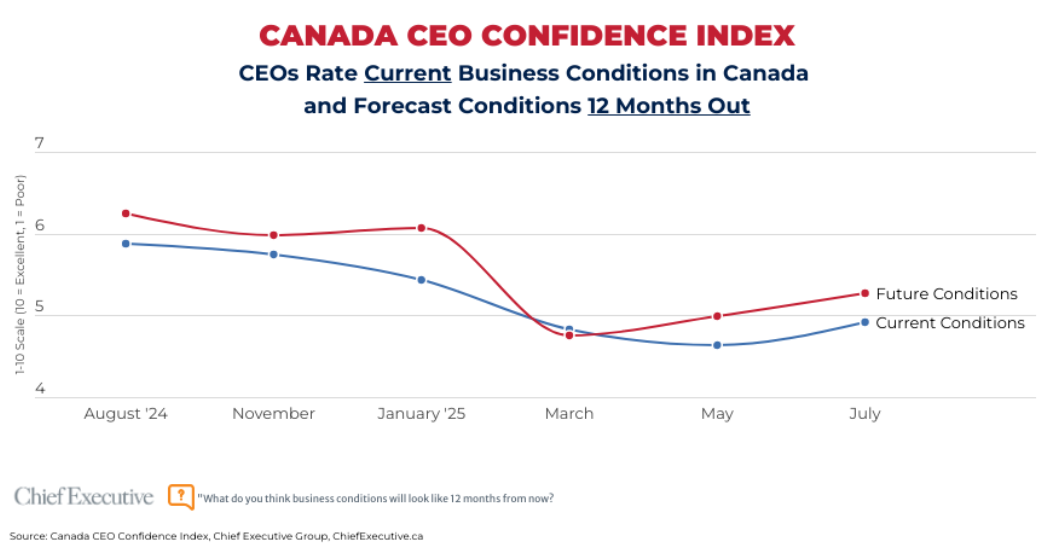[ad_1]
While businesses value the synergy between marketing, sales and product teams in theory, they often struggle to create a cohesive atmosphere and deliver seamless customer experiences in practice.
About 90% of sales and marketing professionals understand that uniting their efforts positively impacts customer experience, according to a LinkedIn report. Yet, nine in 10 also say they are misaligned across strategy, process, content and culture.
To bring every team on the same page, the right key performance indicators (KPIs) should be in place. The tricky point is determining where one department’s responsibility ends and another begins. At these intersections, we must think of more detailed KPIs tailored to specific business needs.
In this article, I’ll cover five vital metrics to bridge the departments and measure the effectiveness of this alignment:
- Conversion rate (CR) across the funnel.
- New revenue.
- Customer acquisition cost (САС).
- Customer lifetime value (LTV).
- Monthly recurring revenue (MRR) and annual recurring revenue (ARR).
1. Conversion rate across the funnel
Monitoring the conversion rate at each stage of the customer journey provides invaluable insights into the effectiveness of marketing efforts, the sales process and product offerings. This metric allows teams to identify bottlenecks, refine strategies and create a more seamless transition from awareness to purchase.
HubSpot also found that looking into revenue generated, conversions and deal closing rate indicates if the teams align properly.
For example, my primary KPIs as a head of marketing at Belkins are CAC and new revenue. Our head of sales also has two primary KPIs: new revenue and CR from SQL to the client. As you can see, there’s one mutual KPI for our sales and marketing teams: new revenue.
Why did we choose these KPIs? If my marketing team didn’t focus on new revenue, they wouldn’t be very concerned about the quantity of leads. If the sales team didn’t track new revenue, they wouldn’t be much interested in the quality of these leads.
2. New revenue
Tracking new revenue is essential for evaluating the success of your efforts in expanding your customer base. It encompasses income generated from first-time customers, upsells, cross-sells and new product or service launches.
Understanding the sources and drivers of new revenue empowers your teams to replicate successful strategies, target high-potential markets and capitalize on emerging opportunities.
To find it, do these calculations:
Revenue = Sales amount × Average order value (or sales price)
For example, you have signed 21 new contracts during the last year, with an average value of $7,500. This means that your revenue from the last year is $157,500.
My advice is to monitor this metric in dynamics compared to the previous period. You can use the revenue growth formula for that:
Revenue growth = (Current period revenue – Previous period revenue) / Previous period revenue
Thus, you’ll be able to spot positive or negative changes and either scale the activities that bring better results or review and change the approach until it’s too late.
Dig deeper: How to make revenue generation a company-wide effort
3. Customer acquisition cost
If you want to understand the efficiency of your activities, you should regularly measure the cost of acquiring a new customer. You can do this by using a simple formula:
CAC = (Sales expenses + Marketing expenses) / New customers acquired
It’s important to note that CAC encompasses all the expenses associated with gaining a new customer, including marketing campaigns, advertising and team salaries.
By calculating CAC, you can measure the ROI of your customer acquisition strategies. A lower CAC signifies a more efficient and cost-effective approach, while a high CAC may indicate the need for adjustments in your acquisition tactics.
Though there’s a unified benchmark of LTV / CAC > 3 you should look for, each acquisition channel and each industry have their own specifics.
To balance your CAC, all of your teams should strive to optimize their expenses — be that sales, marketing or product development. And this is not about cutting salaries or layoffs.
For instance, we reviewed the paid tools and subscriptions we use at different departments only to find out some have identical functionality. Another favorite example is how, by reviewing our PPC strategy, we’ve managed to reduce ad spending by 38% while growing conversions by 16%.
4. Customer lifetime value
Another North Star metric that illuminates the long-term value a customer brings to your organization is your customers’ LTV. By understanding the cumulative revenue your customers generate throughout their relationship with your brand, your marketing, sales and product departments can work collectively to enhance the customer journey, leading to increased LTV.
To measure LTV, follow this formula:
LTV = Average order value × Order frequency × Lifetime
Here, the inputs mean the following:
- Average order value is revenue, divided by the number of purchases over a certain timeframe.
- Order frequency stands for the number of orders, divided by the number of new clients within a specified time period.
- Lifetime is the average number of years a client purchases from you.
For example, let’s assume you own a B2B SaaS company. Within the last year, you generated $1,800,000 in revenue from 360 orders, acquired 60 new customers and one client stayed with you for around 8 months.
- Your average order value = $1,800,000 / 360 = $5,000
- Your order frequency = 360 / 60 = 6
- Your customer LTV = $5,000 × 6 × 0.8 = $24,000
To get a real picture, I recommend deducing acquisition costs along with any other expenses you have to get one customer.
Dig deeper: North Star goals for category leaders: Customer lifetime value model
5. Monthly recurring revenue and annual recurring revenue
Monthly recurring revenue (MRR) and annual recurring revenue (ARR) should be the focus of all company leaders, especially for product or service companies with a subscription-based model.
MRR measures the predictable monthly income generated from customers, providing a stable foundation for financial planning. On the other hand, ARR offers a broader perspective by extrapolating this monthly income into an annual figure.
Monitoring these metrics allows for accurate revenue forecasting, enabling your teams to make informed decisions and allocate resources effectively.
To calculate them, use these formulas:
Gross MRR = Average revenue per user (ARPU) × Total number of paying customers
Gross ARR = Total yearly revenue from new subscriptions
If you charge your customers on a monthly basis, calculate ARR the following way:
ARR = Contract value × (12 / # of months you sign a contract for)
For example, you signed a 5-year contract for $100,000 with monthly payments. So, your ARR will be $100,000 × (12/60) = $20,000.
In case your customers pay annually, you can use this formula:
ARR = Contract value / # of years you sign a contract for
Note that your calculations shouldn’t include one-time payments. Also, for net MRR and ARR, exclude churn rate.
Bridging the gap between marketing, sales and product teams
Now that you have these basic KPIs, ensure there’s at least one identical metric for different departments between each stage of your sales funnel. Thus, when the responsibility goes to another team, they will still have a common goal to achieve.
Also, make sure that there are no mutually exclusive KPIs. For example, increasing conversion to paying customers for the product team while increasing the number of demos for the marketing team.
Once you do that, you’ll see how your team’s motivation changes to influence the results and collaborate with other departments.
Dig deeper: 4 agile marketing metrics that really move the needle
function getCookie(cname) {
let name = cname + “=”;
let decodedCookie = decodeURIComponent(document.cookie);
let ca = decodedCookie.split(‘;’);
for(let i = 0; i <ca.length; i++) {
let c = ca[i];
while (c.charAt(0) == ' ') {
c = c.substring(1);
}
if (c.indexOf(name) == 0) {
return c.substring(name.length, c.length);
}
}
return "";
}
document.getElementById('munchkinCookieInline').value = getCookie('_mkto_trk');
The post KPIs that connect: 5 metrics for marketing, sales and product alignment appeared first on MarTech.
[ad_2]
Original Source Link






















































![LinkedIn’s Latest Ad System Updates [Infographic] LinkedIn’s Latest Ad System Updates [Infographic]](https://imgproxy.divecdn.com/sdY8vJ9z0swtAEBhcNRYyQkaf-m9gejqEsRp0OGXnFE/g:ce/rs:fit:1600:0/Z3M6Ly9kaXZlc2l0ZS1zdG9yYWdlL2RpdmVpbWFnZS9saW5rZWRpbl9hZHNfbmV3X2luZm9ncmFwaGljXzEucG5n.webp)












